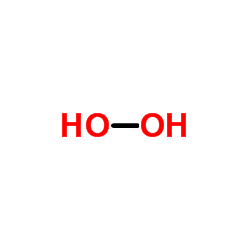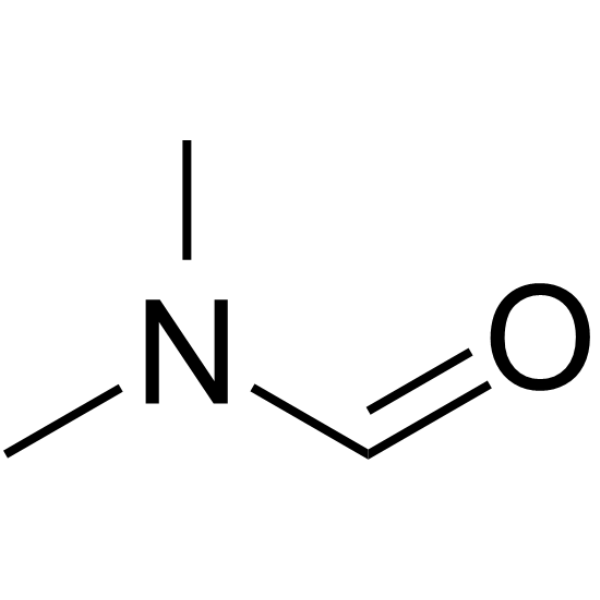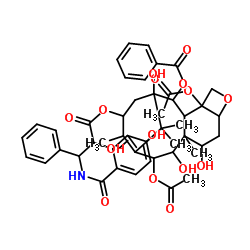| 结构式 | 名称/CAS号 | 全部文献 |
|---|---|---|
 |
过氧化氢
CAS:7722-84-1 |
|
 |
N,N-二甲基甲酰胺
CAS:68-12-2 |
|
 |
胆固醇
CAS:57-88-5 |
|
 |
胆固醇酯酶 来源于猪胰腺
CAS:9026-00-0 |
|
 |
氯化钴
CAS:7646-79-9 |